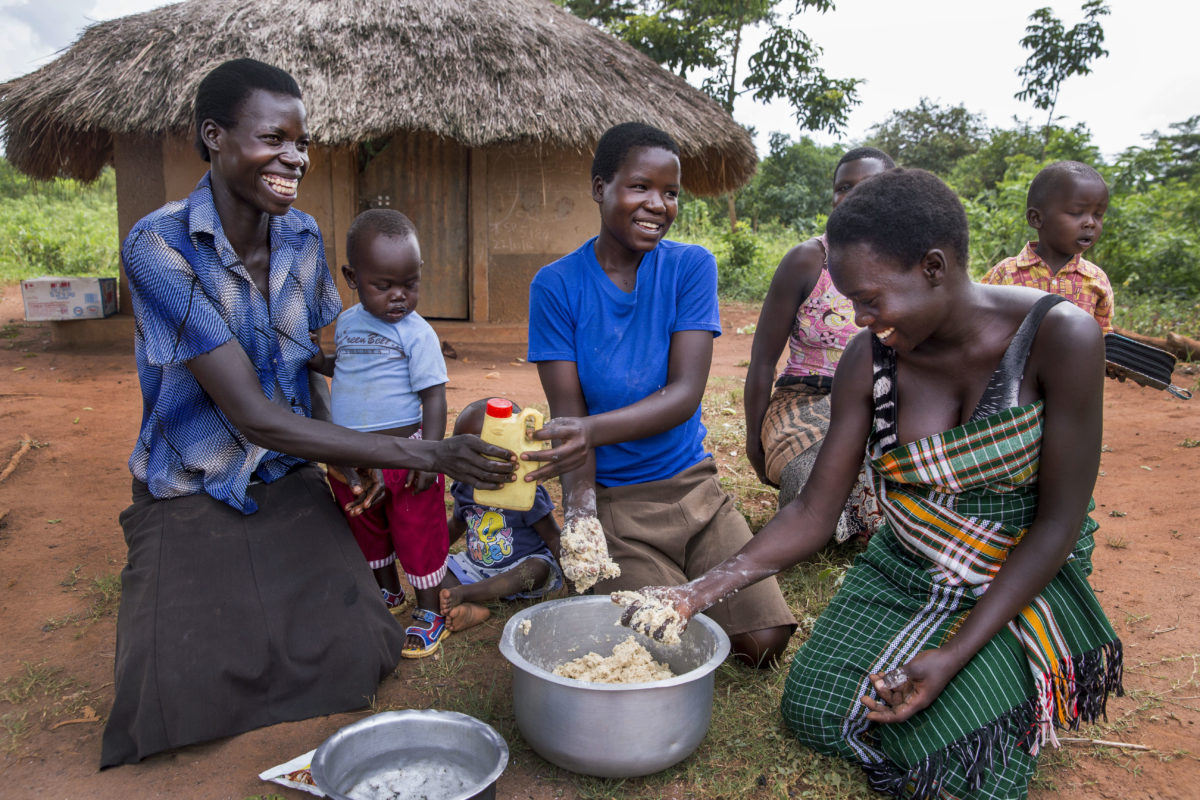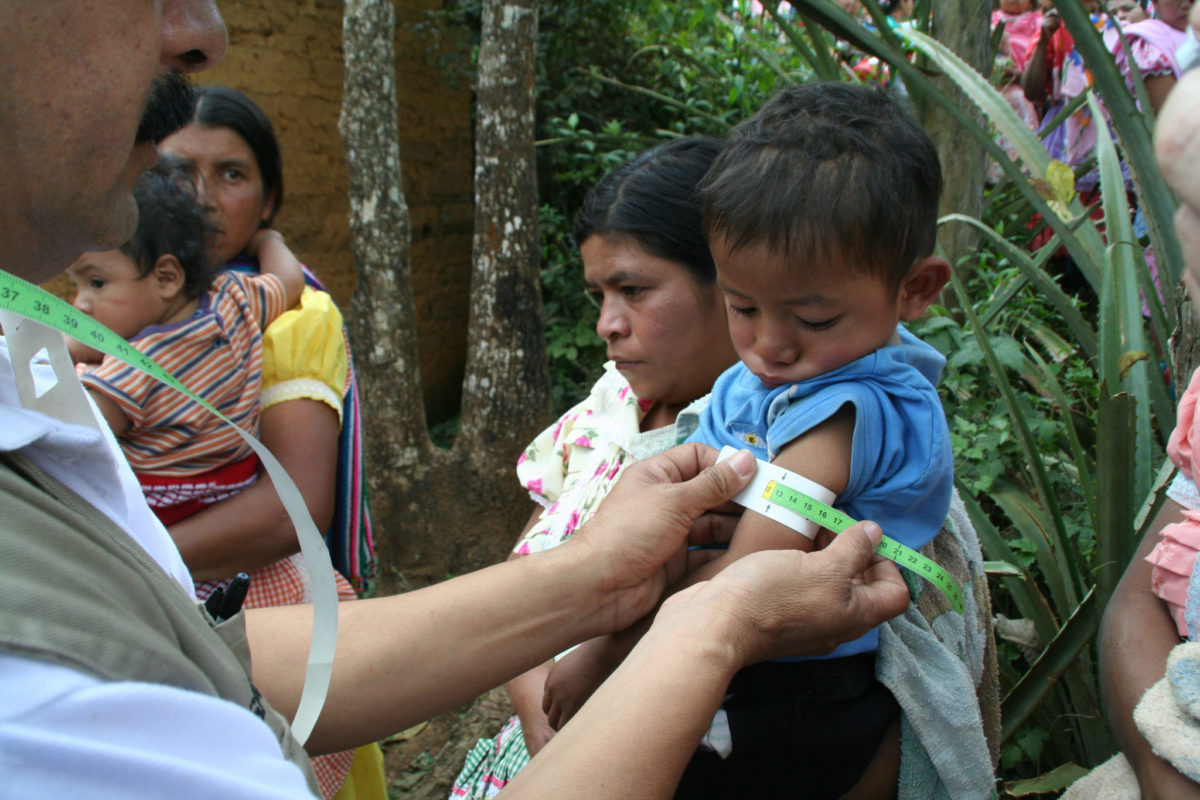Community Statement on Administrator Samantha Power’s Remarks at the Nutrition for Growth Summit on December 7th, 2021
As organizations committed to ending hunger and improving global health, we echo the Biden Administration’s belief that “By investing in nutrition programs, applying the evidence of what works, and adapting quickly, we can prevent child malnutrition even in the time of COVID, and we can build a healthier world for everyone.”
We commend the U.S. Government’s continued global leadership to combat malnutrition and the commitment that Administrator Power announced to invest up to $11 billion, including $3 billion directed to anticipated humanitarian needs, over the next three years. We look forward to seeing a detailed accounting of the $11 billion by account and fiscal year and hope that this commitment includes new resources outside of existing programs that are working hard to address the skyrocketing food insecurity and nutrition needs around the world. We are grateful to the U.S. Government for bringing much-needed attention to the malnutrition crisis globally. Strong nutrition funding, including new resources, are necessary to save lives and reduce economic impacts and productivity losses.
Eight years after the first Nutrition for Growth Summit, malnutrition remains one of the world’s most pressing but preventable problems. Globally, malnutrition is a leading driver of child death and disability, contributing to 45% of deaths in children under age 5. Rates of malnutrition are reaching nearly unprecedented levels due to the confluence of the COVID-19 pandemic, rising conflict, and the effects of climate change. Researchers warn that this could result in 283,000 more child deaths and an additional 13.6 million children suffering from wasting (low weight for height), the most deadly type of malnutrition. Despite these challenges, we wholeheartedly agree with Administrator Power’s statement that this is “not cause to throw up our hands, but cause to get to work.”
Nutrition programs not only save lives but are considered a best buy in global development. Programming that targets women and children during the critical 1,000 day window from pregnancy to age two offers one of the best returns on investment, with every $1 invested yielding up to $35 in economic returns. We have the proven, cost-effective solutions to save lives, but if we want to stop the growing malnutrition crisis, the U.S. Government will need to continue building on the momentum of today’s announcement, and further increase its funding for this essential investment.
We are thankful for the U.S. Government’s leadership and support to help vulnerable children and families around the world have the chance for a better future. We look forward to continuing to work together to address this critical issue.
Sincerely,
1,000 Days
Action Against Hunger
Alliance to End Hunger
American Academy of Pediatrics
Bread for the World
CARE USA
Catholic Relief Services
Church World Service
Edesia
Food for the Hungry
Global Communities
John Snow, Inc. (JSI)
Medical Impact
Micronutrient Forum
National Cooperative Business Association CLUSA International
RESULTS
Save the Children
The Hunger Project
UNICEF USA
WaterAid America
World Vision US




